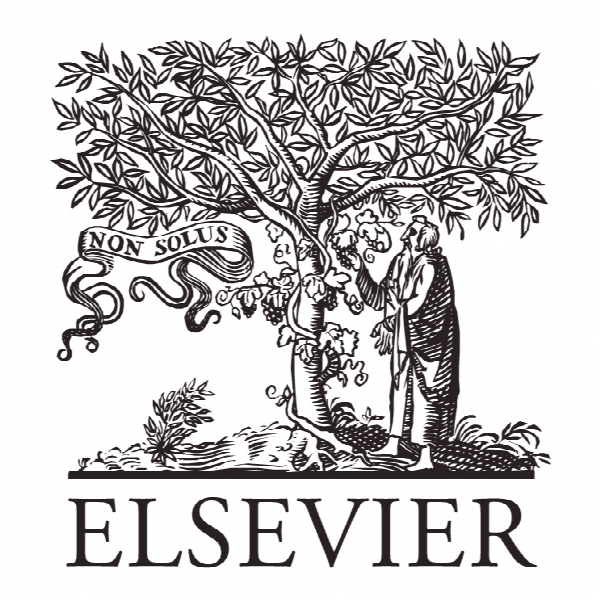تاثیر نیروهای صنعت، جهت گیری بازار و قابلیت بازاریابی بر عملکرد تجاری: تحلیل تجربی از تولیدکنندگان ژاپنی از 2009 تا 2011 Effects of industry forces, market orientation, and marketing capabilities on business performance: An empirical analysis of Japanese manufacturers from 2009 to 2011
- نوع فایل : کتاب
- زبان : انگلیسی
- ناشر : Elsevier
- چاپ و سال / کشور: 2017
توضیحات
رشته های مرتبط مدیریت
گرایش های مرتبط بازاریابی، مدیریت کسب و کار MBA
مجله تحقیقات بازاریابی – Journal of Business Research
دانشگاه دانشکده تجارت و بازرگانی، Keio، توکیو، ژاپن
نشریه نشریه الزویر
گرایش های مرتبط بازاریابی، مدیریت کسب و کار MBA
مجله تحقیقات بازاریابی – Journal of Business Research
دانشگاه دانشکده تجارت و بازرگانی، Keio، توکیو، ژاپن
نشریه نشریه الزویر
Description
1. Introduction Understanding the determinants of business performance is a key interest of business researchers and practitioners. Most researchers in the fields of industrial organization, strategic management, and marketing examine the sources of performance differences among firms or business units. Previous studies suggest that external and internal factors influence firms’ performance differences. For example, external factors include industry structure (e.g., Porter, 1980) and country characteristics (e.g., Makino, Isobe, & Chan, 2004). Internal factors include firm resources (e.g., Barney, 1986, 1991), market orientation (e.g., Kohli & Jaworski, 1990; Narver & Slater, 1990), marketing capabilities (e.g., Morgan, Vorhies, & Mason, 2009), and dynamic capabilities (e.g., Teece, 2007; Teece, Pisano, & Shuen, 1997). Previous empirical studies examine the question of principal sources of performance using secondary or primary survey data. Studies relying on secondary data (e.g., Fukui & Ushijima, 2011; Makino et al., 2004; Mauri & Michaels, 1998; McGahan & Porter, 1997, 2002; Roquebert, Phillips, & Westfall, 1996; Rumelt, 1991) decompose the variance in performance into components associated with external and internal factors. The findings indicate that internal factors (e.g., corporate and business effects) are more important than external factors (e.g., industry effects) in explaining the variance in performance. At the same time, because these studies rely on secondary data, detailed information on internal factors, let alone external factors, are not available (Galbreath & Galvin, 2008). Other studies using primary survey data more specifically capture the sources of performance. For example, Spanos and Lioukas (2001) explore the impacts of Porter’s (1980) five forces of industry structure (competitive rivalry, barriers to entry, threat of substitutes, power of buyers, and power of suppliers) and firm assets on market performance and profitability. Morgan et al. (2009) examine the impacts of market orientation and marketing capabilities on subjective and objective performance measures. These studies attempt to provide information as to which specific industry forces or firm resources and capabilities are the primary determinants of performance. However, the results of empirical studies using survey data are often mixed. Moreover, because most studies only use data from a single year, the degree to which these impacts are attributable to stable effects is unclear.


